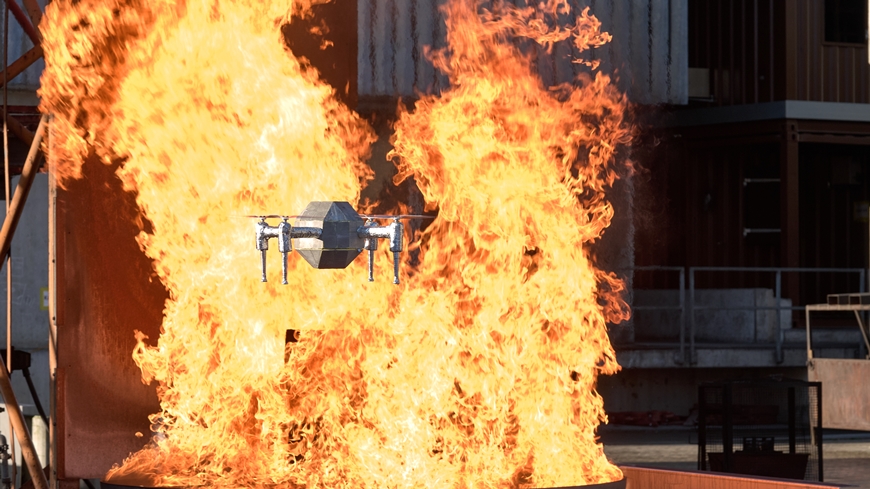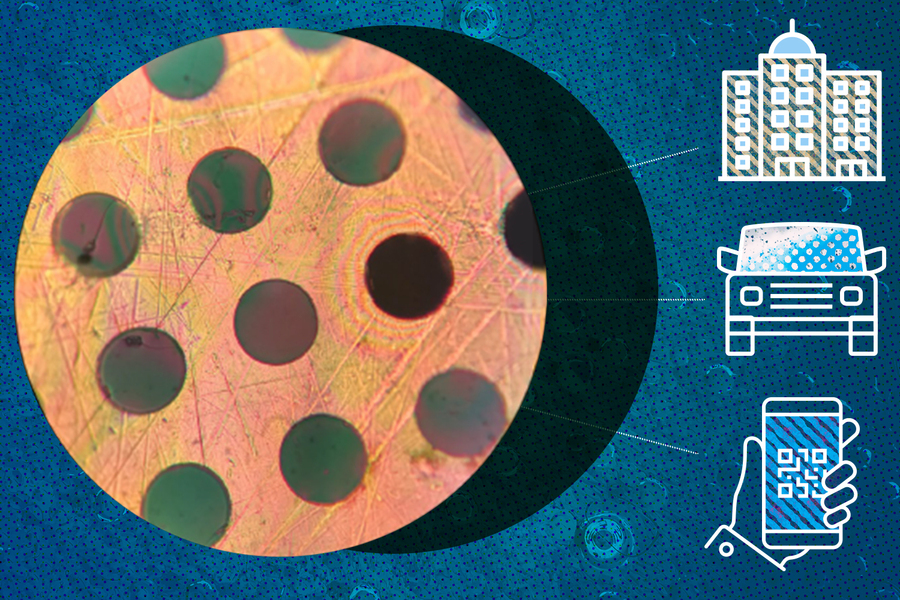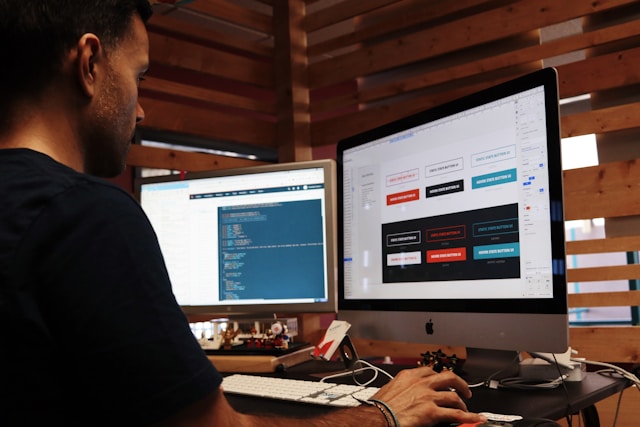Satellite Constellation Detects Solar Storms & Substorms
Fragile human and all mammalian embryos are nurtured in an amniotic sac that protects the developing embryo as it grows and develops. The Earth too is surrounded by a bubble, in this case a bubble of magnetism, also known as the magnetosphere, which protects life on Earth from solar wind and a stream of high-energy particles emitted by the sun, aka “space weather.”
Space weather is the environment in which space craft and astronauts operate and must be understood in order to protect them. “Substorms” in this region are analogous to tornadoes on Earth or severe thunderstorms as they can disrupt communications in space and even cause powerline transmission problems on Earth.
According to John Foster, associate director at MIT’s Haystack Observatory, there is a “plasma plume.” NASA’s THEMIS space mission, a constellation of five satellites, closely monitored Earth space physics and studied processes of substorms in the Earth’s magnetosphere in the late 2000’s. The THEMIS program ran for two years and observed 30 substorms. THEMIS confirmed the existence of “magnetic ropes” connecting the Earth’s upper atmosphere and the sun and discovered the triggering event for magnetospheric substorms.
Magnetic fields are somewhat like weather patterns like “El Nino” which can affect global weather patterns in a major way. When the Earth’s magnetic field and the sun’s magnetic field come into contact electric currents from the sun stream to the Earth’s magnetic field, opening up “cracks” in the Earth’s magnetosphere.
THEMIS is a predecessor of satellite constellation programs like the “A-Train” that tracks, studies and predicts hurricanes, the Earth Observatory System, Global Change Research Program, Disaster Recovery Network, Airborne Science Program, Climate & Environmental Change Monitoring, Science Pathfinder and others.
Through NASA’s Earth Science Division scientists study the earth’s land surface, biosphere, sub earth, atmosphere and oceans in a coordinated effort to understand how these systems are integrated.
Related articles on IndustryTap:
- Big Data Leads to New Models of Earth’s Wind, Weather and Ocean Patterns
- Skysat-1 Satellite, about the Size of a Mini-Fridge, Captures First HD Video of Earth
- Goonhilly Earth Station Reborn with 999-Year Site Lease
References and related content:






